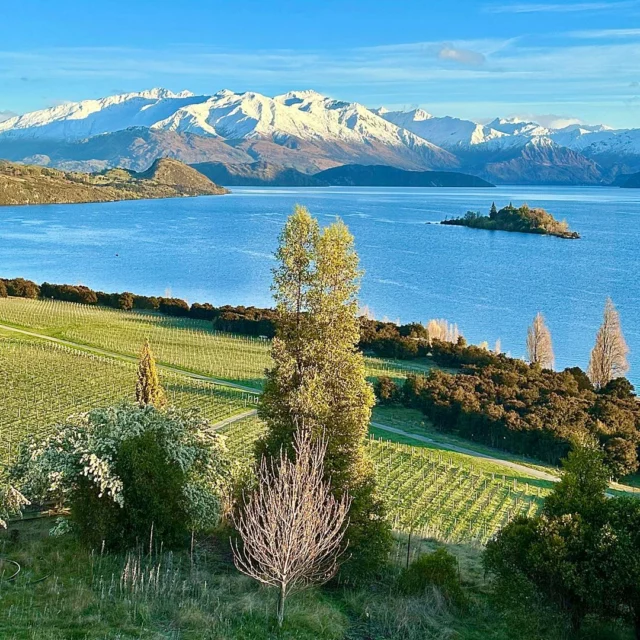Domaine de l’Arlot
Updated Sep 2022
Historical
In 1987 AXA Millésimes bought Domaine Jules Belin in Premeaux at the instigation of Jean-Pierre de Smet. Together they set up a management company to run the business as a 50:50 partnership, until AXA took full control on Jean-Pierre’s retirement in 2006. The original property consisted of three monopoles, Clos du Chapeau in Comblanchien, Clos de l’Arlot where the domaine is based and Clos des Forêts St-Georges. In 1991 they were able to buy a small slice of Romanée St-Vivant and the following year some Vosne-Romanée Les Suchots, bringing the domaine up to 14 hectares in all.
Olivier Leriche joined the business as a trainee in 1998, was hired full time and took over from Jean-Pierre de Smet in 2006, maintaining the same style of wine. He left just before the harvest in 2011, with just a one-week handover period to the new régisseur, Jacques Devauges. Two years later the latter handed over to Géraldine Godot.
Viticulture & Vinification
The vineyards have been farmed biodynamically in part since 2000 and entirely from 2003. Right from the start there was a clear wine-making influence from Domaine Dujac – Jean-Pierre being a long-time friend and protégé of Jacques Seysses. Stalks were retained as much as possible (though less for Clos de l’Arlot than Clos des Forêts).
The wines made by Jacques Devauges were vinified with a far smaller proportion of stems (and in fairness these were more complicated and less ripe vintages). Geraldine Godot has typically incorporated more, but with significant variations by cuvée as well as according to the year – “I choose the whole bunches with my eyes”, she says.
Vinification
One needs to be familiar with the Clos de l’Arlot to see its worth. Jean-Pierre de Smet was inclined to be dismissive of its merits when he arrived at the domaine, but by the time he retired he was smitten. The colour of the wine, even in barrel, is pale and even somewhat evolved. You have to search for the fruit, but somehow the perfume lingers, even after tasting, for an unexpectedly long time. This shows too in the bottle, with the wine gaining in structure and complexity over 10-15 years. The 2012 tasted in barrel as made by Jacques Devauges had a very different colour but a similar fruit flavour profile.
There are some quite different sectors within the Clos de l’Arlot, as well as vine age. Thus the white block of La Gerbotte, adjacent to Clos de la Maréchale makes one wine while the older vines planted in 1956 and 1984 in the main amphi-theatre provide the 1er Cru Clos de l’Arlot bottling. Similarly for the reds the younger vines in the upper part of the amphitheatre are bottled as Cuvée Mont des Oiseaux
The Clos des Forêts St-Georges is usually more appealing in youth than Clos de l’Arlot, with a denser and fresher colour, the Forêts seems to show the whole-bunch character a little less obviously than the Clos de l’Arlot. There is more fruit weight and less smoke in the perfume. This too ages very well. There is no longer a young vine version (formerly called Les Petits Plets) though a separate bottling of one tank that seemed to have a different character was offered in 2017 under the name Hors Ligne.
Recent developments in the vineyards include the planting of a plot of Hautes Côtes de Nuits, Le Mont, two-thirds in white (from 2012) and one third red (2007). These and the Côte de Nuits Villages enables the domaine to offer a range of price points, topped by the 1er cru Vosne-Romanée Les Suchots and Grand Cru Romanée-St-Vivant. Even with these jewels, I still get drawn back to the two Nuits-St-Georges premiers crus.
| Ha | |
|---|---|
| Romanée St-Vivant Grand Cru | 0.25 |
| Vosne- Romanée 1er Cru Les Suchots | 0.85 |
| Nuits-St-Georges 1er Cru Clos des Forêts St-Georges | 7.2 |
| Nuits-St-Georges 1er Cru Clos de l’Arlot R&W | 4 |
| Côte de Nuits-Villages Clos du Chapeau | 1.55 |
| Côte de Nuits-Villages Aux Leureys Blanc | 0.26 |
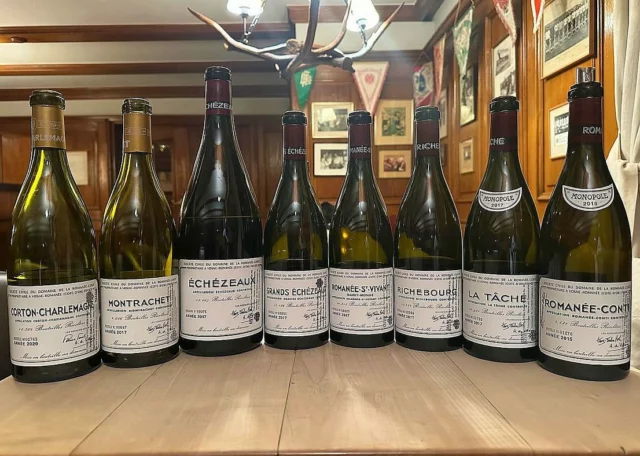
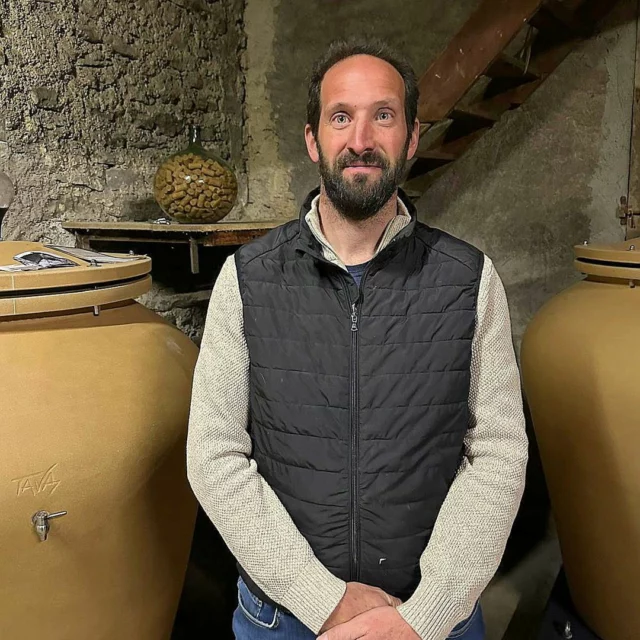
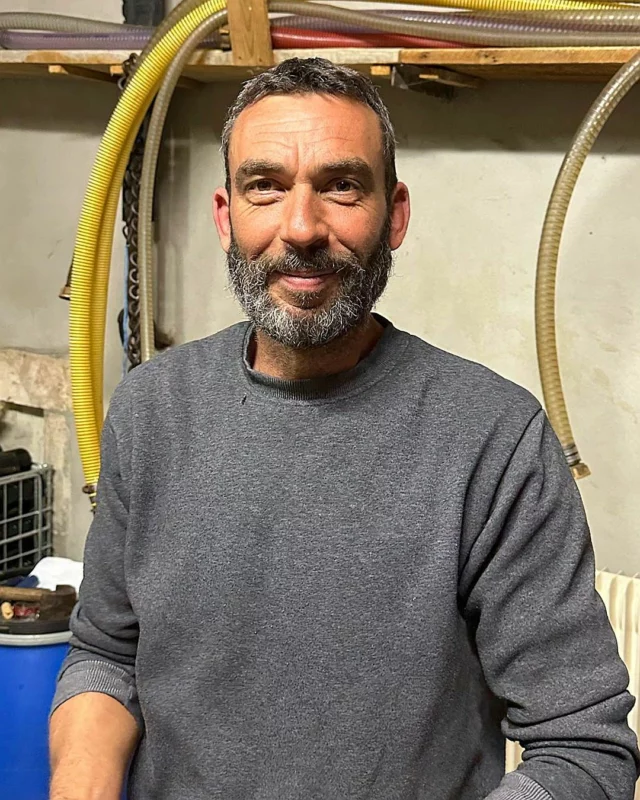
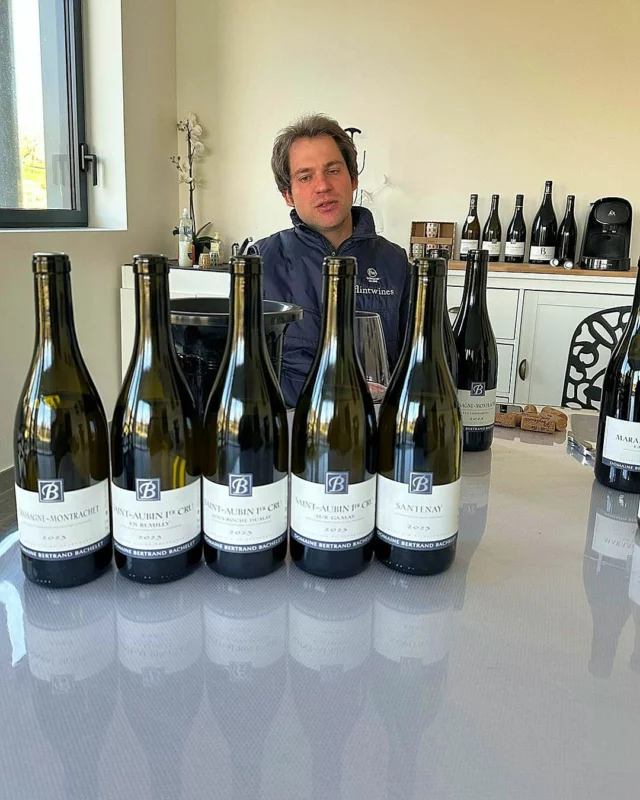
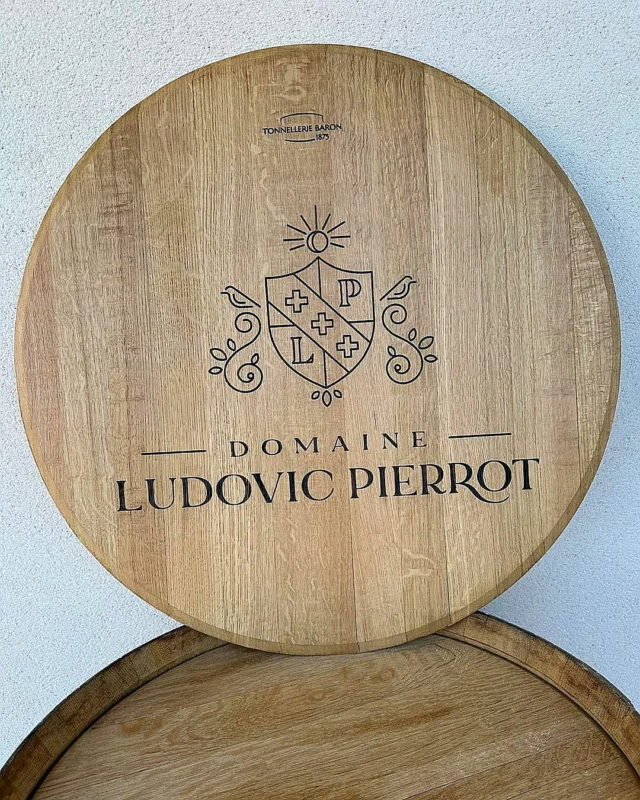
 NEW TASTING REPORT
NEW TASTING REPORT
 Rippon: T
Rippon: T